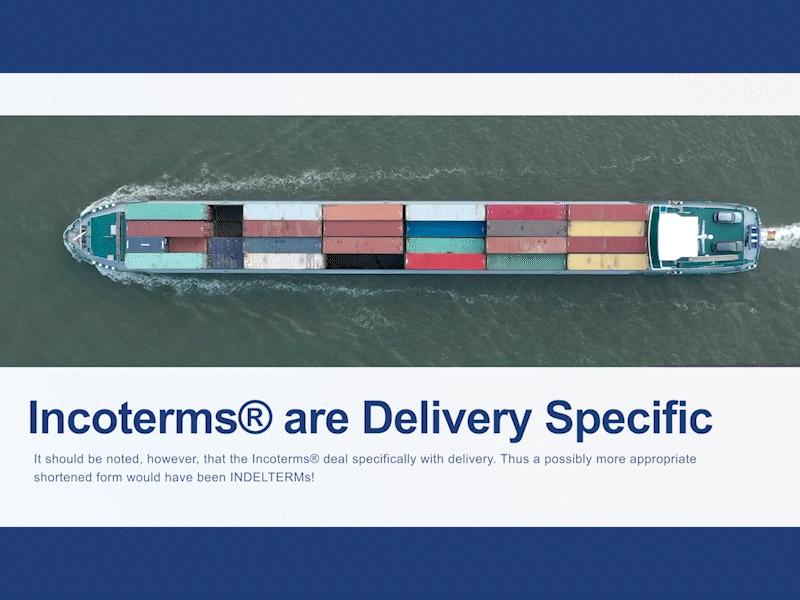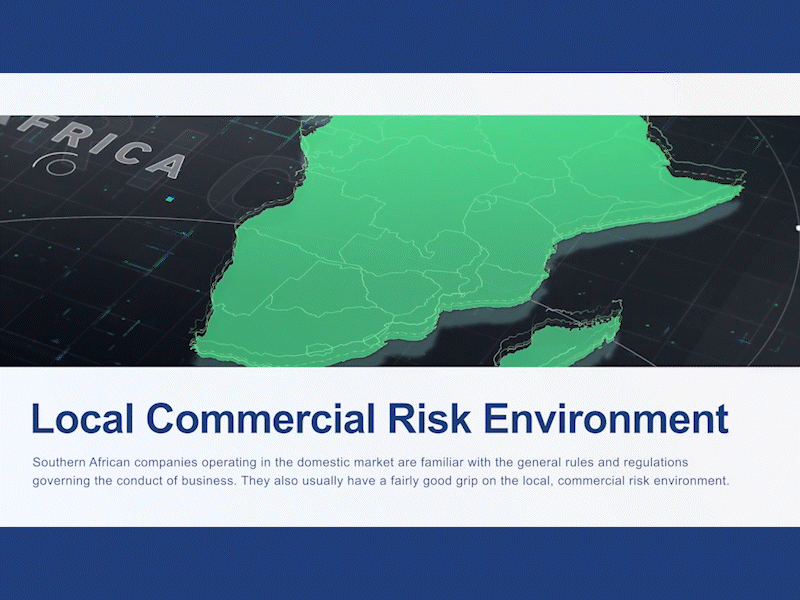The global trade environment has experienced several shocks in the last few years, creating a difficult international marketing environment. For example, the sudden and unforgiving onset of the covid-19 pandemic ravished global supply chains, and Russia’s devastating invasion of Ukraine severely dented any hopes of a robust international recovery. Furthermore, the rising cost of living and inflation in many prominent global markets has severely impacted consumer spending. There is no way to sugarcoat it; 2023 will be a challenging year for international marketing personnel. This article explores trends to anticipate in international marketing in 2023 and offers some guidance on how you should be approaching marketing for exports in the anticipated international marketing environment.

The year of the savvy International Marketing expert
The International Monetary Fund is anticipating a decline in global growth. Meaning marketers will have increased competition for lower levels of demand. Furthermore, international marketing budgets are projected to decline in the face of tough economic conditions. Thus, 2023 will belong to the international marketing experts that can do more with less. Doing more with less in an international marketing context emphasises the importance of valuable data. Campaigns will require even more tried and tested research to ensure that marketers dedicate valuable resources to campaigns that resonate with their intended foreign audience. In 2023 there is no space for ‘implement and hope’ campaigns. marketers will have to ensure that there is a clear path to profit within their export marketing plans.
International Marketing fundamentals are more important than ever
As we have discussed throughout our “international marketing” section, successfully marketing for exports requires a systematic and detailed approach. In the face of economic uncertainty in 2023, these fundamentals become even more critical. A prerequisite for successfully navigating the various marketing challenges in 2023 will be a well-thought-out and detailed export marketing plan. An export marketing plan typically has two main parts. The first part is a plan to ensure your company and its products are export-ready; the second is an export market development plan. However, you cannot conclude an export market development plan without undertaking extensive market and marketing research. For example, you need to understand your intended foreign market’s social, cultural, economic, political and natural environment before making any international marketing decisions. Furthermore, understanding the competition in the market, consumer habits and the risks you face will ensure that you correctly position your international marketing effort to use your competitive advantage, appeal to consumers and mitigate risk.

Conducting international marketing research on a budget
Conducting international marketing research and acquiring the information and data you need to make educated international marketing decisions often involves high upfront costs. African businesses, unfortunately, have to also contend with unfavourable foreign exchange rates when conducting specific international marketing research tasks, which compounds the problem of financial outlay. Thus, when constructing an export marketing plan, African exporters must find savvy ways to acquire the knowledge they need to succeed when marketing for exports. One way of conducting valuable international marketing research is by utilising the International Trade Centre’s various trade tools. The ITC trade tools are free for several developing countries and often a paid-for service for more developed countries. However, many African exporters are either unaware of the tools available or do not understand their relevance.
Constructing your export marketing plan and the ITC trade tools
You must first know what you require to get the valuable data and information you need from the ITC trade tools. As we have already discussed, international marketing fundamentals are more important than ever. Knowledge of how to correctly construct your export marketing plan could be the difference between failure and growth during this economic downturn. Once you understand what data and information you need to make informed international marketing decisions, you can use ITC trade tools to assist you. The ITC trade tools accessible through TFSA are online tools created to make international trade more transparent and accessible. The tools enable businesses to identify export opportunities, compare market-access requirements, monitor foreign market trade performance, and make informed international business decisions. For example, the Market Analysis tools cover the world’s largest databases on trade statistics, tariff data, and rules of origin related to applicable free trade agreements. Other tools, offer export potential estimations, regional trade data, and even market price information.

Marketing for exports is no easy task, especially in a time of so much economic uncertainty. However, it is not all doom and gloom. International marketers that can successfully navigate the current international trade environment will perfectly position their brands to survive and thrive. However, exporters, marketers and entrepreneurs must develop the expertise necessary to create and implement effective campaigns. Thankfully, TFSA and the International Trade Institute of Southern Africa have developed an online resource to assist exporters with developing their export marketing plans for 2023. Click the link below to sign up for the FREE “Introduction to International Marketing” module.
To sign up to the School of Export CLICK HERE.
If you already have a profile, CLICK HERE to login to begin the module.










Leave a Reply